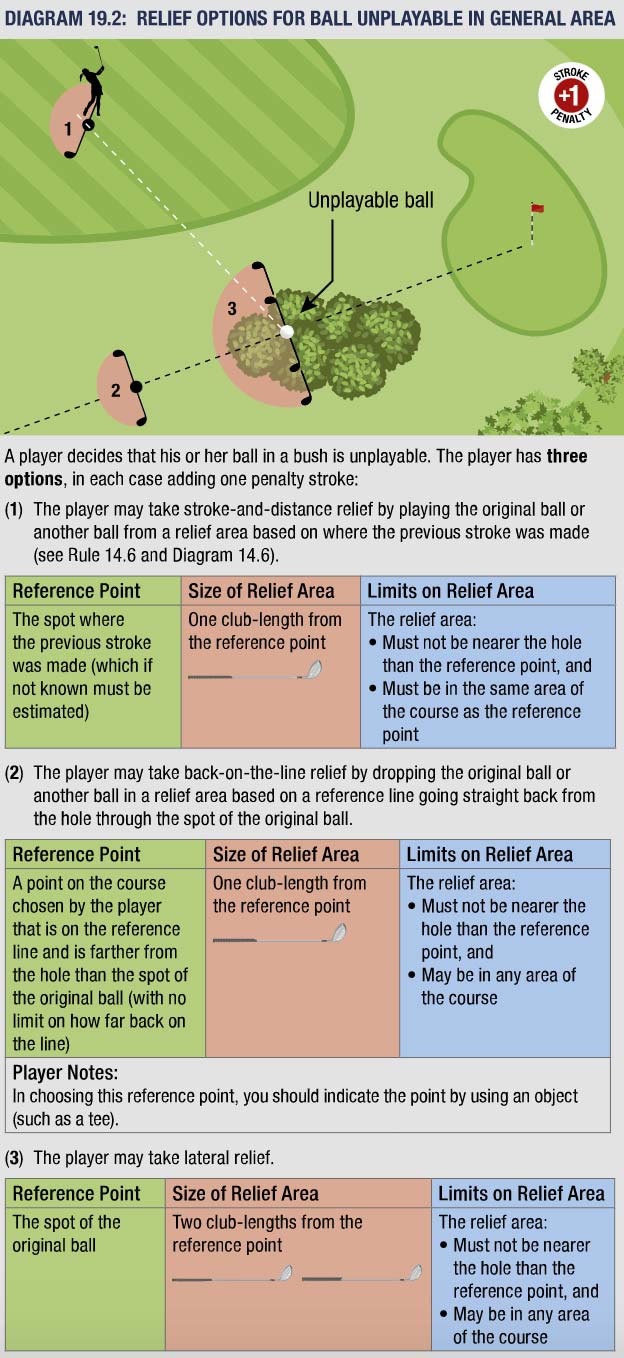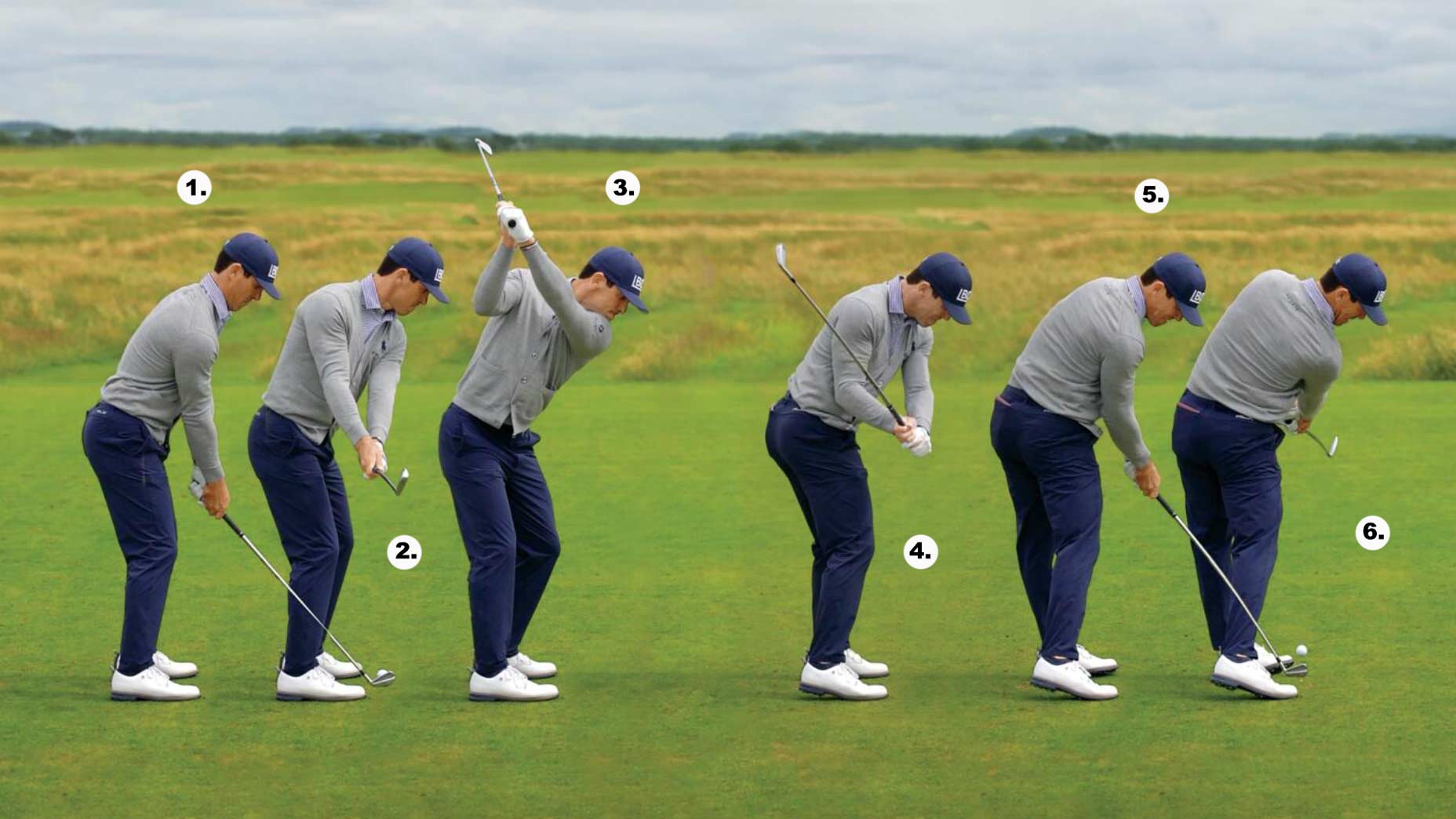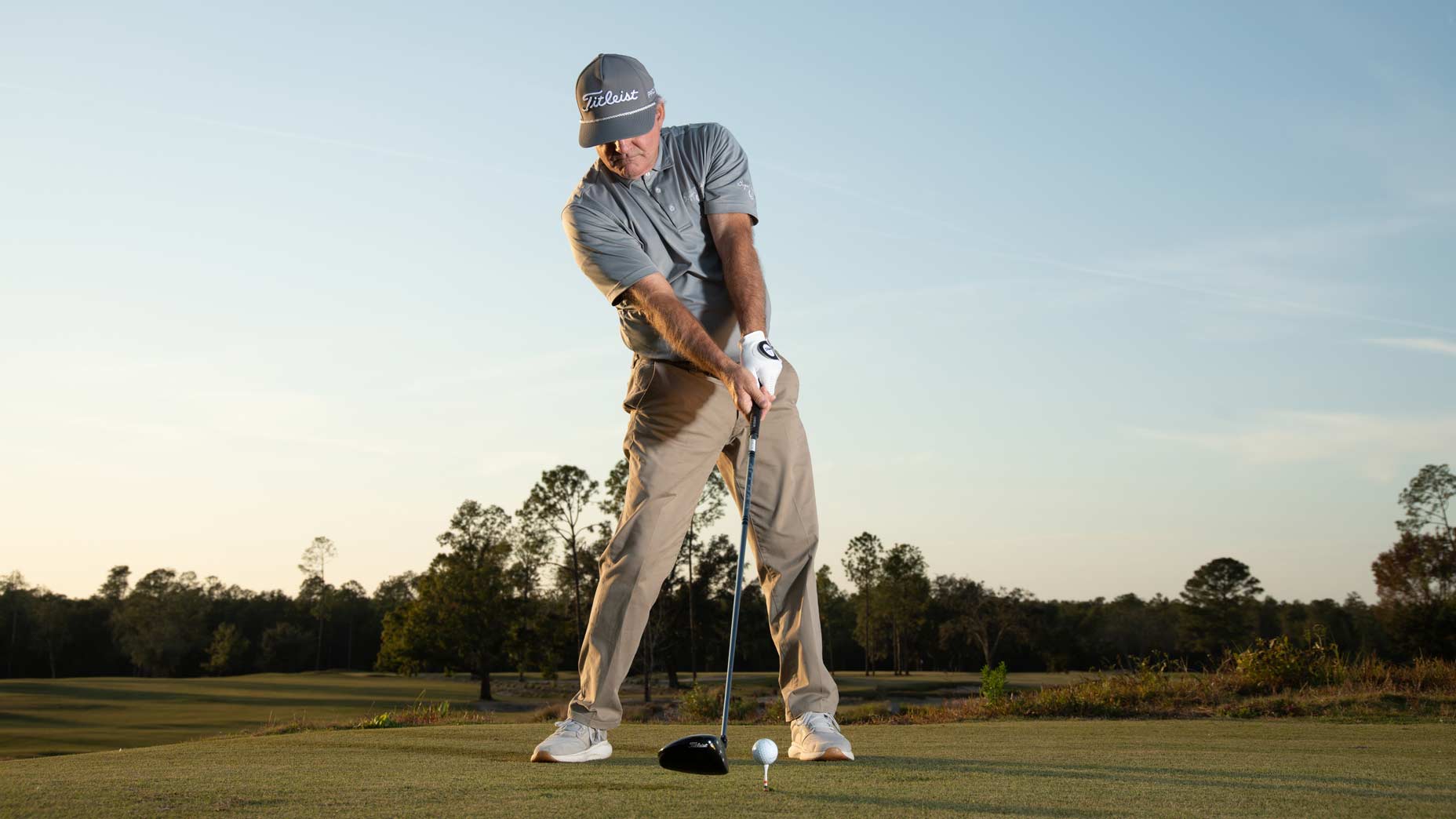During the final round of the 2017 Open Championship at Royal Birkdale, Jordan Spieth got himself into some serious trouble on the 13th hole. Spieth blasted his tee shot well right of the fairway, his ball settling into an impossible lie on the bank of a dune.
Luckily, Spieth knew he had options courtesy of Rule 19, the Unplayable Ball rule. In today’s Rules School, we break down all the options afforded under this rule and the specific relief option Spieth chose.
Rule 19 cover a situation where a ball is unplayable. This rule can be invoked anywhere on the course (other than the penalty areas) for a one-stroke penalty, and the player is given three relief options.
1. Stroke-and-distance relief
“The player may take stroke-and-distance relief by playing the original ball or another ball from a relief area based on where the previous stroke was made.”
2. Back-on-the-line relief
“The player may take back-on-the-line relief by dropping the original ball or another ball in a relief area based on a reference line going straight back from the hole through the spot of the original ball.”
3. Lateral relief
“The player may take lateral relief.”

In Spieth’s case at Royal Birkdale, he chose to take back-on-the-line relief. He ended up taking his drop some 100 yards behind where his tee shot ended up in an effort to get a more favorable lie. Eventually, he limited the damage to a bogey on the hole, played beautifully coming home and claimed the Claret Jug. And it all started with knowing the rules.









